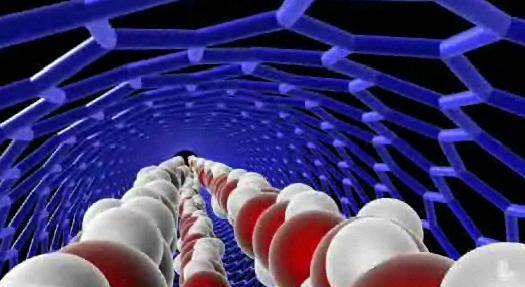Researchers from Rutgers University have designed nanomaterials that allow the administration of the drug doxorubicin (doxorubicin) to eliminate cancer cells together with a genetic drug to prevent the development of resistance

As published in the December issue of the scientific journal Small, the researchers and their colleagues designed nanomaterials that allow the administration of the drug doxorubicin to eliminate cancer cells together with a genetic drug to prevent the development of resistance.
When the combined treatment was given to ovarian cancer cells resistant to conventional drugs, the treatment was 130 times more lethal than doxorubicin given alone. "The drug is only released when it is inside the cancer cells," said the lead researcher. "This internal controlled release mechanism can significantly reduce the negative side effects associated with the reaction of healthy cells with the anticancer drugs."
In a similar study, another team of researchers developed single-walled carbon nanotubes that have the ability to serve as a more effective means of selectively locating and eliminating aggressive breast cancer cells. In an article published in the scientific journal BMC Cancer last year, the researchers demonstrated that by chemically linking a unique antibody to the nanotubes, while harnessing their specific advantages, individual cancer cells can be located and selectively aggregated without harming the healthy cells. The importance of this method lies in the fact that it can be extended very easily for other types of cancer.
The application of this research is suitable for a variety of fields. For example, the research team is examining the possibility of the practical application of these nanomaterials as a diagnostic tool for Parkinson's disease. Another study focuses on the development of systems to detect the presence of chemical warfare agents in the field of internal security. In addition, the researchers are examining nanotechnological methods for measuring iron ion concentrations in the sun, in the air and in drinking water, an essential measure in the study of greenhouse gases and climate change.

2 תגובות
It is possible to add space games, yes, thank you, and you will give me an answer, I will be very happy, thank you
Noy Serborcic
Is there no danger of the particles accumulating in the patient's body?